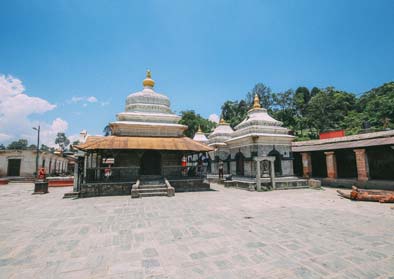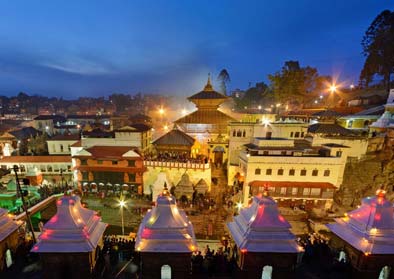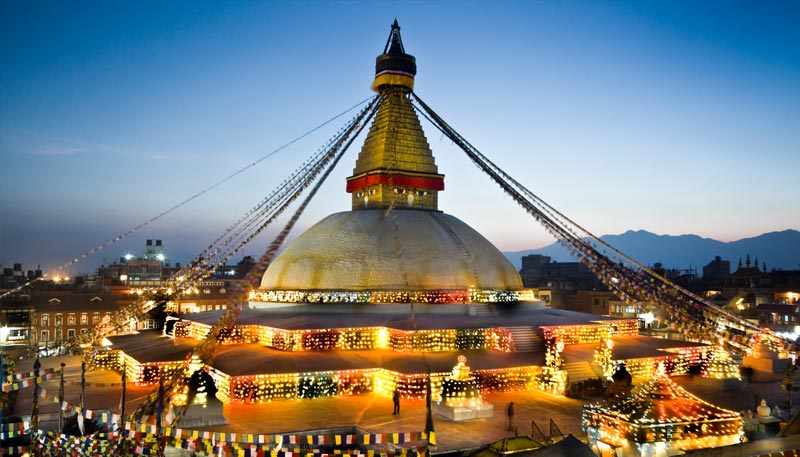Pashupatinath Temple
Pashupatinath Temple is one of the most sacred Hindu temples of Nepal, and is located on both banks of Bagmati River on the eastern outskirts of Kathmandu. Dedicated to Lord Shiva, the temple attracts hundreds of elderly devotees every year. The temple has a popular belief attached to it. It is believed that those who die in Pashupatinath Temple are reborn as human, regardless of any misconduct that could worsen their karma.


The temple is one of the 8 UNESCO Cultural Heritage Sites of the Kathmandu Valley, and is also a popular cremation site where the last rites of Hindus are performed. The view at cremation is not for the faint hearted, still lots of visitors are seen watching curiously from across the river from the hill. Popular belief has it that the astrologers of the temple can predict the exact day of the death of the elderly devotees visiting.
One of the unique features of the temple is that the main temple of the Pashupatinath Temple can be accessed only by the Hindus. For people of all other religions, all the other parts of the building are open except the main temple.
If you are someone who is attracted to the places where the spirit of death can be felt, then Pashupatinath is the place for you. It is a temple where you can sense death in almost every ritual and every corner of it. The main temple of Pashupatinath is a building with a bunk roof and a golden spire. Located on the Western bank of Bagmati, the temple is considered a masterpiece of Hindu architecture. It is a cubic construction with four main doors, all covered with silver sheets.
The roof of this two storied temple is made from copper and is covered with gold. This richly decorated temple with wooden sculptures is believed to make wishes come true. One of the most astonishing decorations of the temple is the huge golden statue of Nandi - Shiva’s bull.
History
A famous legend is associated with the origin of Pashupatinath Temple. According to the popular legend, every day a cow used to visit this specific place and offer her milk to the ground. The owner of the cow saw her one day and got suspicious. So, he dug up the place and found the Jyotirlinga of Lord Shiva. Slowly more and more people gathered around the Shivalinga to worship, and Lord Pashupatinath got popular while this place became a pilgrimage center.
